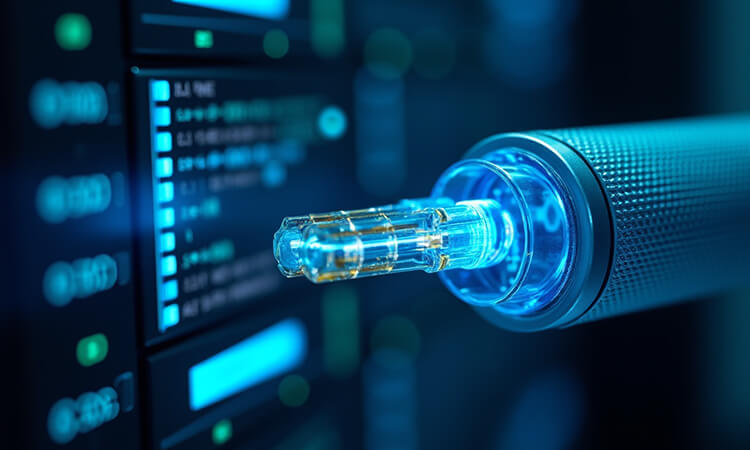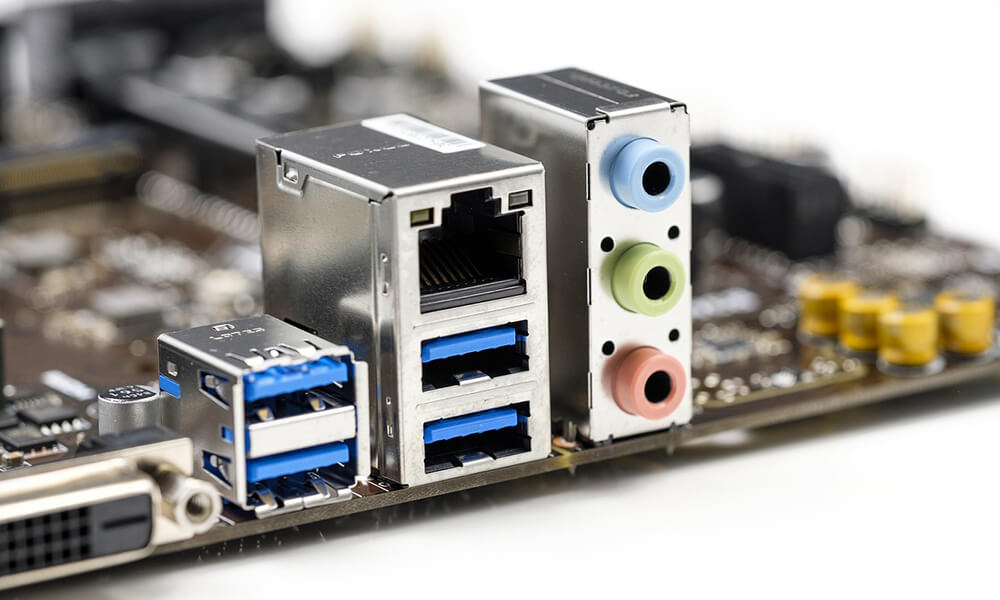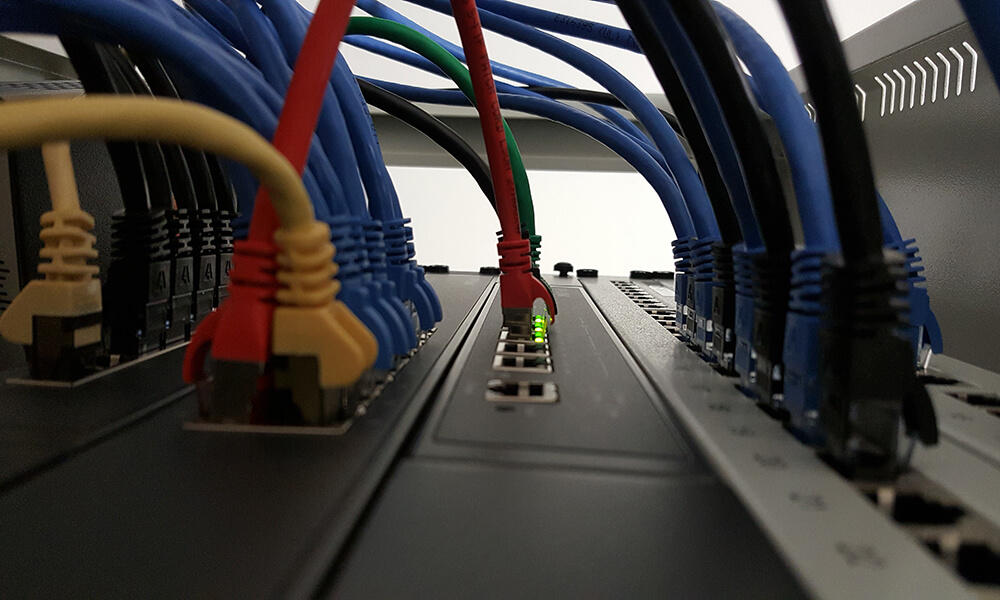Cat5e, Cat6, and Cat7 RJ45 Connector
In network cabling, RJ45 connector for Cat5e, Cat6, and Cat7 cables differ significantly in performance and design, impacting network reliability. Here’s a concise breakdown:
1.Transmission Capabilities
- Cat5e: Supports 1Gbps speeds with 100MHz bandwidth, ideal for home/small offices. Handles basic tasks like web browsing and SD video streaming.
- Cat6: Reaches 10Gbps over 37-55m (1Gbps at 100m) with 250MHz bandwidth. Suits HD streaming and multi-user offices.
- Cat7: Delivers 10Gbps at 100m with 600MHz bandwidth, designed for data centers and high-end enterprises needing consistent high-speed transmission.
2.Physical Design
- Contacts: Cat5e uses a single row of 8 pins. Cat6 features staggered pins to reduce crosstalk. Cat7 may include extra conductors (e.g., GG-45 connectors) for enhanced high-frequency performance.
- Cable Fit: Cat5e connector match thin cables (0.45-0.51mm cores). Cat6 accommodates thicker cables (0.52-0.58mm). Cat7 fits heavily shielded cables, with robust designs to handle multiple shielding layers.
3.Shielding & Noise Resistance
- Cat5e: Mostly unshielded; shielded versions exist for low EMI environments but offer limited protection.
- Cat6: Shielded variants have metal shells to reduce EMI, suitable for moderate interference (e.g., office buildings with dense wiring).
- Cat7: Always shielded with metal housings, blocking EMI/RFI effectively. Critical for noisy settings like industrial zones or data centers.
4.Cost
- Cat5e: Most affordable, mass-produced for budget setups.
- Cat6: Moderately priced, balancing performance and cost for small businesses.
- Cat7: Premium-priced due to advanced shielding, justified only for high-demand networks.
Choose based on speed needs, environment, and budget: Cat5e for basics, Cat6 for mid-range performance, Cat7 for critical high-speed environments.




